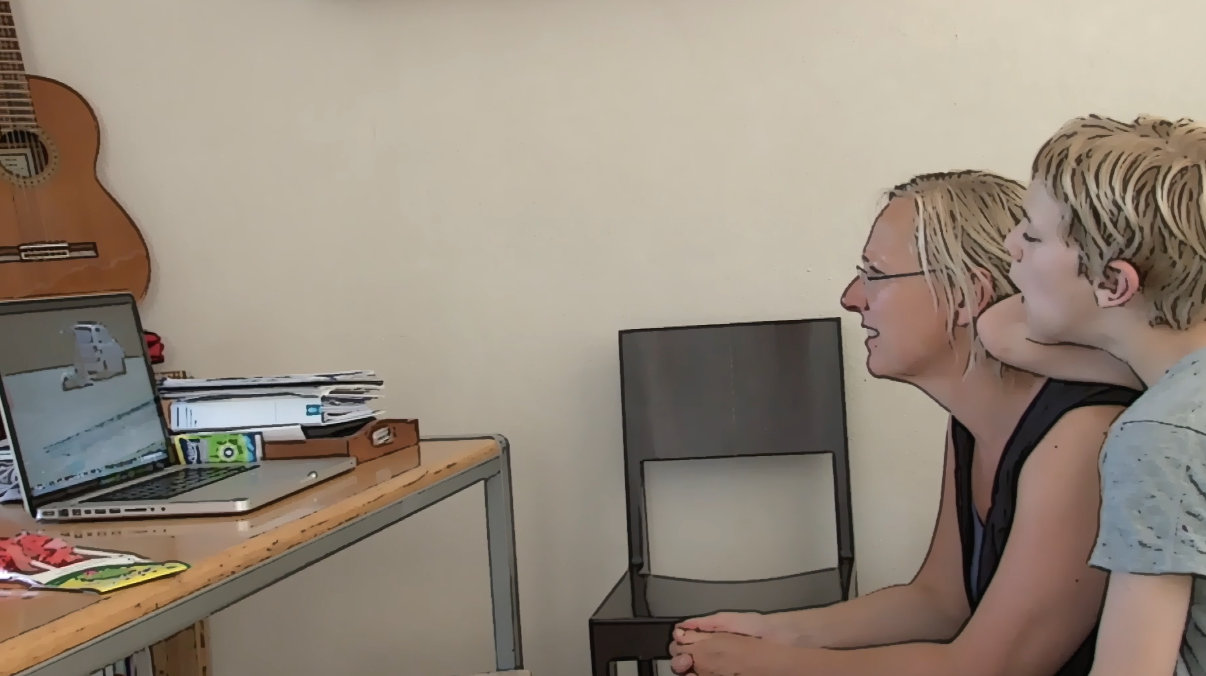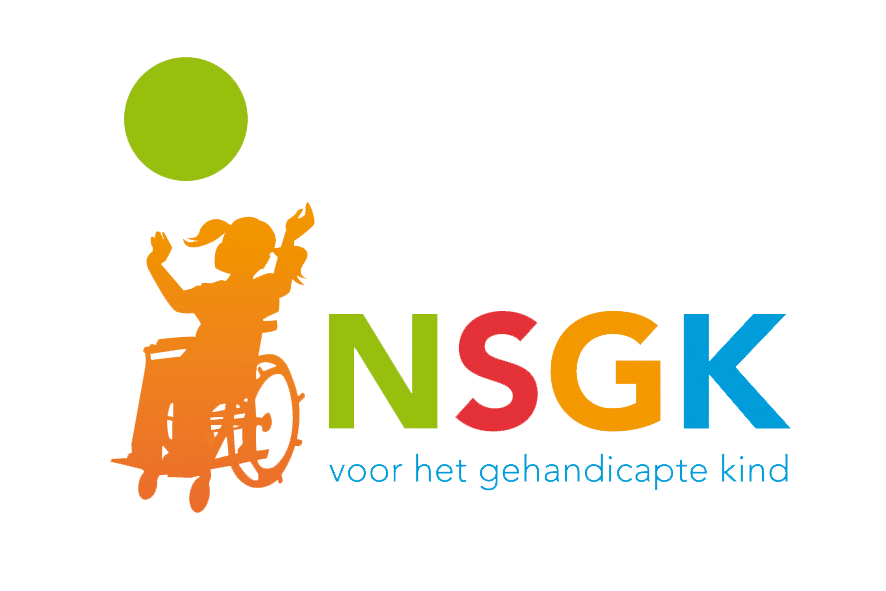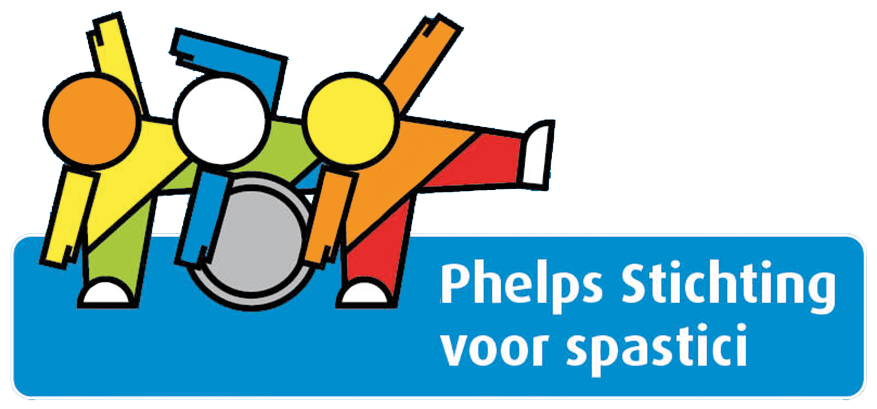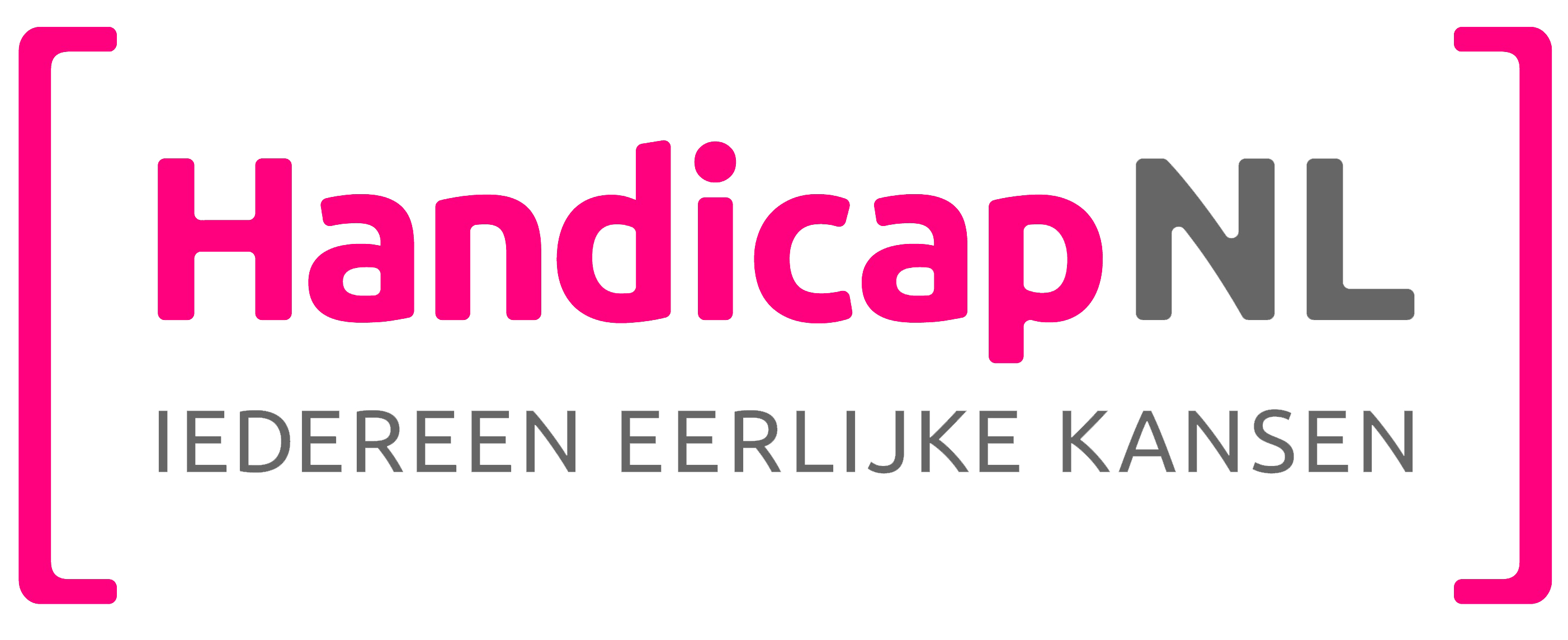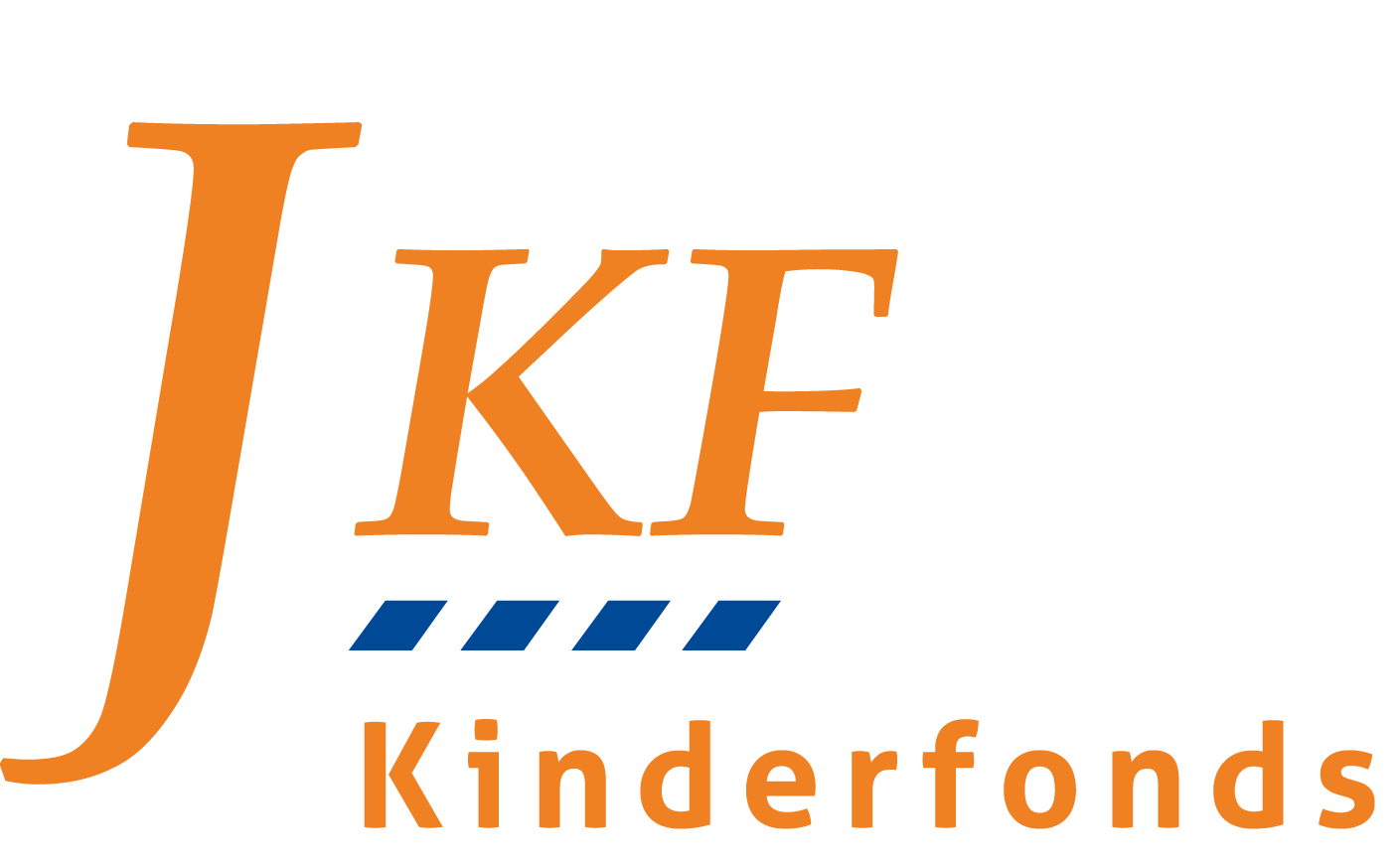Dutch Curriculum Language Development
Having conversations and telling stories about daily activities in the classroom, at home or in everyday society is the foundation of participation, language development and personal development. You need others to be able to communicate: “it takes two to tango”. Participation is therefore a condition for the development of communication skills/language development, and communication skills/language development are a condition for participation in our society (WHO, 2001). When it is difficult or impossible to speak, having a conversation, exchanging experiences, expressing your wishes and needs (communication) is a major challenge. Communication can be expressed verbally and non-verbally, such as facial expressions, gaze direction, spoken/written language, gestures and images.
Augmentative and Alternative Communication (AAC)
When speech is difficult, alternative and supported language forms/expressions should be offered: Supported communication methods and/or techniques. You can think of gestures, icons, speech software. Language is broader than the spoken word. During communication, various resources to convey information are utilized- looks, facial expressions, gestures, spoken/written words, but visual language of images can also be used. Images can therefore also be used as supported communication. Nowadays, images are a very present tool in the communication of children and young people. This opens up new possibilities in the world of education and Augmented Communications. Due to difficult communication and often little participation as a result, children and young people with a communication impairment often achieve low school results in oral language-narrative skills.
As CED states about oral language storytelling: “Mastery of the language enables learners to participate in different aspects of social life, now and in the future, and is also indispensable in acquiring content and skills in all areas of learning and for future work situations.”
